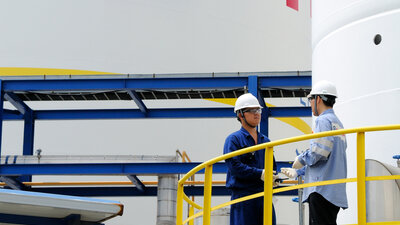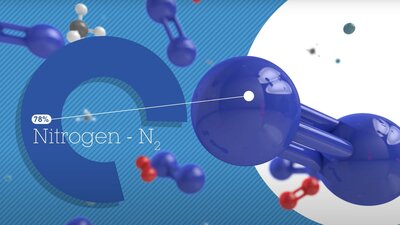A joint approach to reducing CO₂ emissions
Published on April 21, 2023
2 minutes

As Chief Procurement Officer at leading specialty polymer manufacturer Covestro, Thomas Römer oversees all global procurement activities and works closely with suppliers to find ways to reduce the company’s carbon footprint.
Why did you choose Air Liquide as a supplier?
Industrial gases like hydrogen and carbon monoxide serve as the basis for all of our end products: they are "backbone" materials. The choice of suppliers is indeed critical, and we were won over not only by the price, but also by Air Liquide’s reliability, which is of the utmost importance to us. We also really appreciate the key account concept. This means we have one main contact at Air Liquide for day-to-day operations and project development, which simplifies everything and accelerates decision-making. He always works to understand what we as the customer need and then find a solution for us. And if needed, he is capable of mobilizing a task force to solve technical issues.
In light of Covestro’s climate neutrality goals, what is Air Liquide doing to help you achieve them?
Cost and availability have always been key purchase criteria for us, and our CO₂ footprint is now another, as we want to achieve net-zero emissions1 by 2035. With Air Liquide, we are looking into the possibility of using biogenic carbon dioxide2 for production processes, and low-carbon hydrogen and ammonia for heating. We’re also interested in Air Liquide’s work on water electrolysis.
What are the challenges that Covestro faces on its way to carbon neutrality?
Making our industry carbon neutral is critical, but today no chemical company can instantly become 100% defossilized. So, we have to find the most promising solutions to help reduce the CO₂ emissions of production units all while meeting our customers’ needs in terms of competitive solutions. Air Liquide helps us by adapting offerings and processes to the situation, such as the recent investment in Shanghai for low-carbon hydrogen production, which benefits from green financing.

